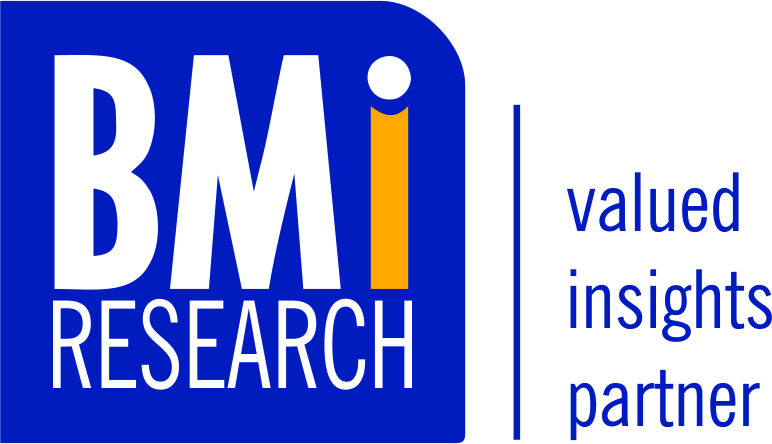
Shift in market factors impact negatively on demand planning ability
The last two years have been particularly challenging for the South African economy. Lockdowns imposed to limit and alleviate pressure on healthcare facilities and healthcare workers had the unintended consequence of causing economic turmoil.
According to Dr Dana Braithwaite, research consultant at BMi Research, it has also negatively impacted the use of established demand planning models.
“What worked in the past as far as demand planning is concerned no longer works, primarily because the factors that impact the market have shifted,” she explains. The economic frameworks of industries which contribute to South Africa’s gross domestic product suffered long-term consequences. “Lockdown regulations have potentially permanently affected the way people live, work and shop and many industries have experienced significant structural changes.”
While consumers and businesses adapt to a ‘new normal’, one of the consequences is that the old – or traditional – way of doing things often no longer works. The horizon for demand planning is usually eight to eighteen months, with an emphasis on the lead time horizon. However, the pandemic has put paid to this lead time.
“Many businesses are struggling to plan ahead, particularly as far as production and raw material demand is concerned,” says Braithwaite. What is becoming increasingly apparent, for example, is that raw material price changes are much more rapid than they were pre-Covid-19. Historically, the price of raw materials was fixed for longer periods. Since the onset of the pandemic, however, prices have fluctuated significantly.”
At the same time, container arrival times have become far less predictable. With fewer shipping routes and less freight availability, transport costs have risen significantly and require much longer lead times. Force majeures have also had an impact, often negatively affecting production schedules.
Braithwaite says global political shifts, including the potential for increased conflict areas, and the risk of further lockdowns has exacerbated the situation.
As if these new global influences were not enough, she points out that local companies also have to contend with failing municipal infrastructure which is resulting in constrained energy supply, crumbling waste water treatments, the risk of water cuts, poor road conditions and insufficient rail capacity. Politically they’re having to deal with a volatile political environment, xenophobia, the potential for social unrest and high rates of unemployment.
“At the same time, a low growth economy has resulted in a significant decline in disposable income in many households which has translated into reduced consumer spending on a volume and value basis,” she says, adding that, combined, these factors are playing havoc with traditional demand planning models.
A demand plan typically – although not exclusively – starts with a statistical forecast using historical data. It then has additional intelligence layered onto it including causal events, experimental methods and judgemental factors. Economic data such as exchange rates and fluctuations can also be layered on to the forecast.
“Now is a good time for companies to start probing the factors that are now in play, whether or not they are permanent, and whether the old ways of looking at the market are likely to come back into play.”
Industry sector investigations provide businesses with a competitive edge
Economic factors such as exchange rates, or GDP projections, have always formed part of the models but different industries require additional factors specific to their industry to be taken into consideration when it comes to demand planning. These include temperature, legislation, changes in income, consumer’s taste and preferences, technology and competitive strategies
“Many of these specific factors have been determined as relevant over years of practical application by players in the industry,” says Braithwaite.
However, the ‘new normal’, she adds, requires that each industry rebuilds a profile of itself which examines the new factors impacting it:
- How healthy is the industry?
- How confident are industry leaders?
- What are the factors influencing demand planning and production schedules, how important are they, and are they permanent or temporary?
- How is demand planning being implemented by the industry to cope with these new factors?
“The time for revised demand planning and forecasting in our ‘new normal’ is now,” says Jenni-Ruth Coggin, CEO at BMi Research, adding that BMi Research can help to develop an overview of each industry and examine the new trends making an impact, including specific factors such as legislation, shifts in consumer behaviour, the availability and the price of raw materials, amongst others.
“The assessment can focus on where the challenges and bottlenecks lie, and how businesses in the industry can predict demand shifts’, perhaps speeding up the previous practical application and experience in the industries. Once these shifts have been identified the challenge will be to quickly respond to these new factors,” concludes Coggin.

